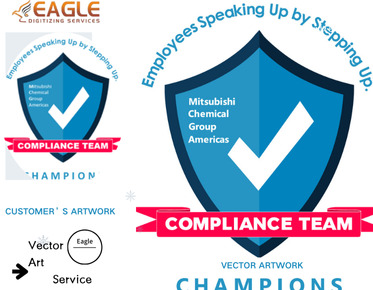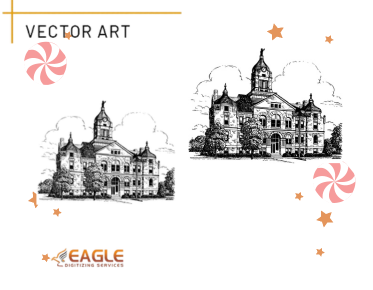Challenges in Silk Screening T-Shirts
Silk screening, or screen printing, has been a popular method for customizing T-shirts for many years. This technique involves pressing ink through a mesh screen onto the fabric, allowing for vibrant designs and long-lasting prints. Despite its popularity, silk screening does come with a set of challenges that can affect the quality and efficiency of the production process.
Color Limitations in Designs
One of the biggest challenges in silk screening T-shirts is the limitation on the number of colors that can be used. Each color in a design requires a separate screen, and setting up these screens is both time-consuming and costly. This makes designs with multiple colors more expensive and labor-intensive, which can be a significant downside for businesses looking to produce a wide range of colorful T-shirts efficiently.
Difficulty with Intricate Details
Screen printing is not ideal for designs that have intricate details or very fine lines. The level of detail that can be achieved is dependent on the mesh size of the screen, and even the finest mesh may not capture all the nuances of a detailed design. This can be a restriction for customers or businesses aiming for high-resolution prints or detailed artwork on T-shirts.
Complex Setup Process
Setting up for screen printing involves several steps including creating a stencil, preparing the screen, aligning it accurately, and testing. This complexity can lead to potential errors at any stage, particularly if multiple colors are involved. Any misalignment during these stages can lead to color bleeding or overlapping which affects the overall quality of the T-shirt.
Environmental Impact
The traditional silk screen printing process can have an environmental impact due to the chemicals used during the screen preparation and the cleaning process. The inks used are also often solvent-based, which can be harmful to the environment and require careful disposal. Many companies are seeking more sustainable alternatives, but these can come at higher costs or might not yet offer the same durability as traditional methods.
Alternatives and Solutions
Digital Printing
An emerging solution to some of these issues is digital printing, which allows for full-color designs without the need for multiple screens. This method can accommodate intricate details and gradients that screen printing cannot handle. However, it also has its own limitations, including potential lack of durability compared to screen printing.
Vectorizing Artwork
Using vectorized artwork can alleviate some of these challenges by ensuring designs are scalable without loss of quality. Eagle Digitizing offers vectorization services that convert raster graphics into high-quality vectors, suitable for various printing methods. This can be especially beneficial for businesses that require precise and clean graphics, enhancing the overall print quality on T-shirts.
Conclusion: The Future of T-Shirt Printing
While silk screening presents challenges such as color limitations and setup complexity, innovations in digital printing and vectorizing services offer promising alternatives. As the industry progresses, combining these techniques could lead to more efficient, environmentally friendly, and high-quality printing methods. Businesses should continue to explore these advancements to stay competitive in the T-shirt printing market, adapt to customer demands, and reduce environmental impact.
As the industry moves forward, what will be the next big leap in T-shirt printing technology? Will there be a shift towards more sustainable practices without compromising quality? These questions open up intriguing possibilities for the future of garment decoration and customization.
.png)


